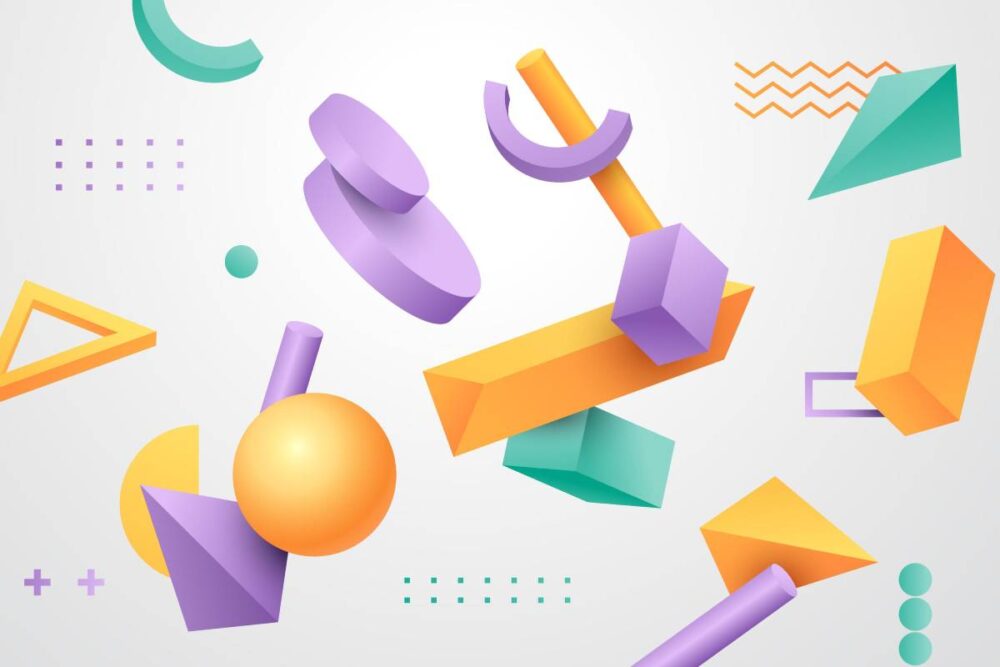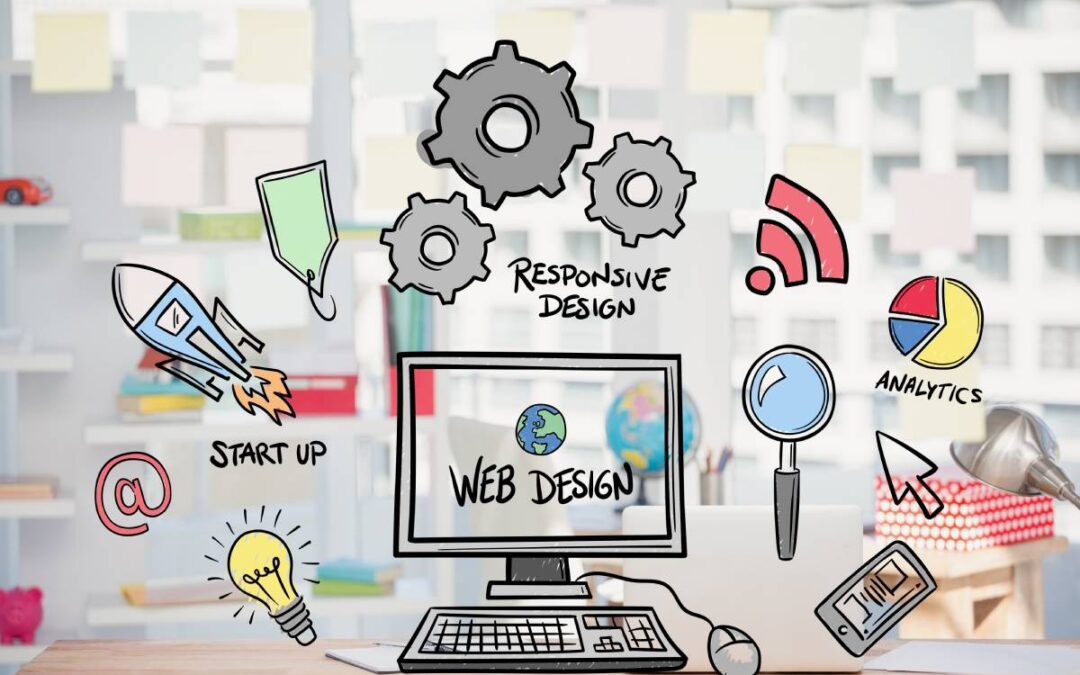Introduction
As the digital landscape continues to evolve, web design trends constantly change to adapt to new technologies and user preferences. Staying up-to-date with the latest trends is crucial for businesses and designers to create engaging and user-friendly websites. In this article, we will explore 10 web design trends that are set to make an impact in future. By incorporating these trends into your website design, you can stay ahead of the curve and provide a cutting-edge online experience for your audience.
1. Dark Mode
One of the 10 web design trends is Dark Mode. Dark mode has gained significant popularity in recent years, and it shows no signs of slowing down. Dark mode offers a sleek and modern aesthetic, reducing eye strain and providing a visually pleasing experience. It is particularly useful for websites that focus on visual content, as it allows images and videos to stand out against the dark background. Consider implementing dark mode as an optional feature on your website to cater to user preferences and enhance the overall user experience.
Neomorphism is a design trend that combines elements of skeuomorphism and flat design. It creates a soft, three-dimensional appearance by using subtle shadows and highlights to mimic the physicality of objects. Neumorphism provides a visually appealing and tactile experience, giving elements on the website a sense of depth and realism. However, it is important to use neumorphism sparingly and ensure that it does not compromise usability or accessibility.
Breaking away from traditional grid-based layouts, asymmetrical layouts add visual interest and uniqueness to websites. Asymmetry allows for more creative freedom and can help certain elements stand out. It creates a sense of movement and dynamism, making the website more engaging for users. When using asymmetrical layouts, be mindful of maintaining a balance between creativity and usability, ensuring that the website remains intuitive and easy to navigate.
Microinteractions are small, subtle animations or effects that respond to user actions. They provide instant feedback and enhance the overall user experience. Examples of microinteractions include button hover effects, loading animations, or progress indicators. By incorporating microinteractions into your website design, you can make the user interface more interactive and engaging, encouraging users to explore and interact with your site.

Advancements in web technologies have made it easier to incorporate 3D elements into web design. 3D visuals can create a sense of depth and realism, making websites more immersive and captivating. Whether it’s 3D product renderings, interactive animations, or virtual reality experiences, 3D elements can elevate the visual appeal of your website and leave a lasting impression on visitors.
With the rise of voice assistants and smart speakers, voice user interfaces (VUI) have become increasingly important. Integrating VUI into your website allows users to navigate and interact with your site using voice commands. Voice search optimization and voice-controlled features can enhance accessibility and provide a convenient browsing experience for users. As voice technology continues to advance, incorporating VUI into your website design can be a game-changer.
In 2023, minimalistic and clean typography will continue to be a dominant trend. Clear, easy-to-read fonts create a streamlined and professional look, enhancing the overall user experience. Using ample white space and focusing on typography can help convey information effectively and ensure that the content remains the focal point. Experimenting with font pairings and creative typography can add personality to your website while maintaining readability.
Augmented Reality (AR) allows users to interact with virtual elements in the real world, blurring the line between the digital and physical realms. By integrating AR into your website, you can provide unique and immersive experiences for your audience. Whether it’s trying on virtual clothing, visualizing products in the user’s environment, or gamifying the user experience, AR can revolutionize how users engage with your brand online.
With the increasing focus on sustainability and environmental consciousness, incorporating eco-friendly design elements into your website can resonate with users. This can include using eco-friendly colors and imagery, promoting sustainable practices, or highlighting green initiatives. By showcasing your commitment to sustainability, you can attract environmentally conscious customers and differentiate your brand in a competitive market.
10. Data Visualization
The last of 10 web design trensds is Data Visualization. As businesses collect and analyze vast amounts of data, presenting that data in a visually appealing and understandable format is crucial. Data visualization techniques, such as charts, graphs, and infographics, can help users comprehend complex information quickly. By incorporating data visualization into your website, you can effectively communicate insights and engage users with interactive and informative visuals.
Conclusion
Keeping up with 10 website design trends is essential for businesses and designers who want to create engaging and user-friendly websites. In future, we can expect to see trends like dark mode, neumorphism, asymmetrical layouts, microinteractions, 3D elements, voice user interface, minimalistic typography, augmented reality, sustainability, and data visualization shape the web design landscape. By leveraging these trends in your website design, you can provide a cutting-edge online experience for your audience, stand out from the competition, and drive business success in the digital realm.
Contact us for more information!
